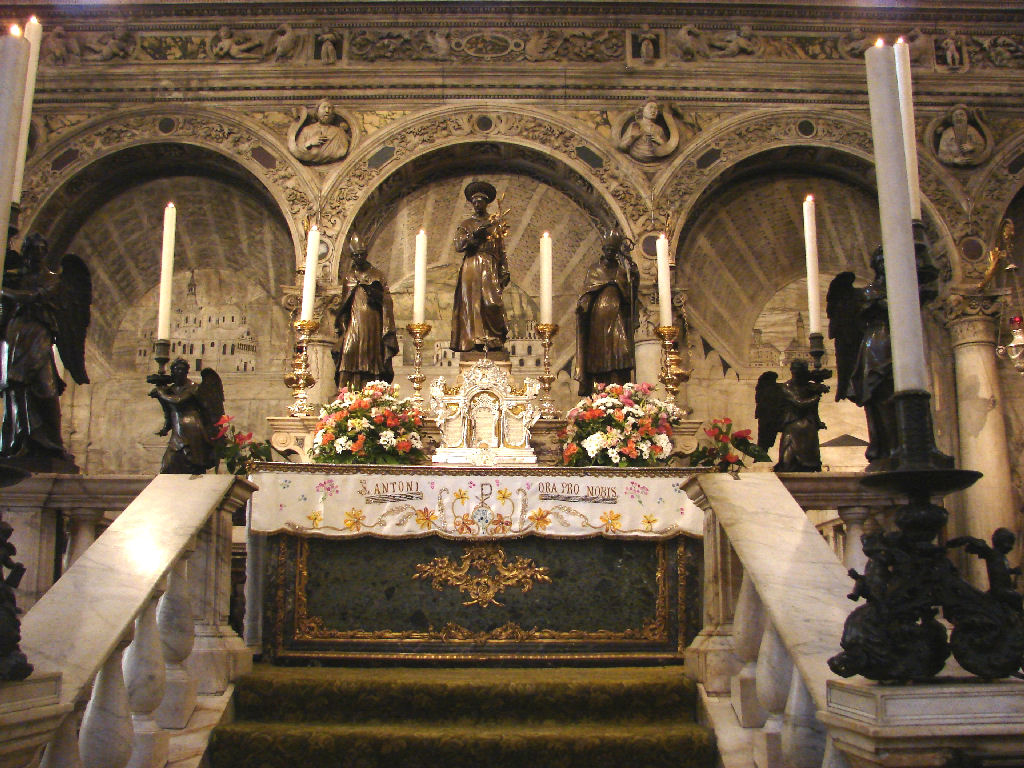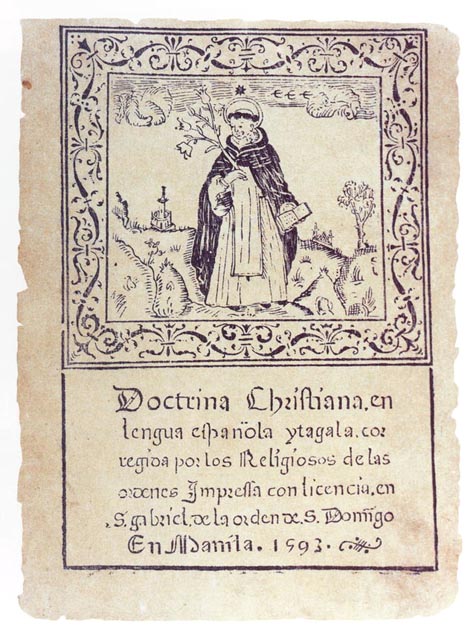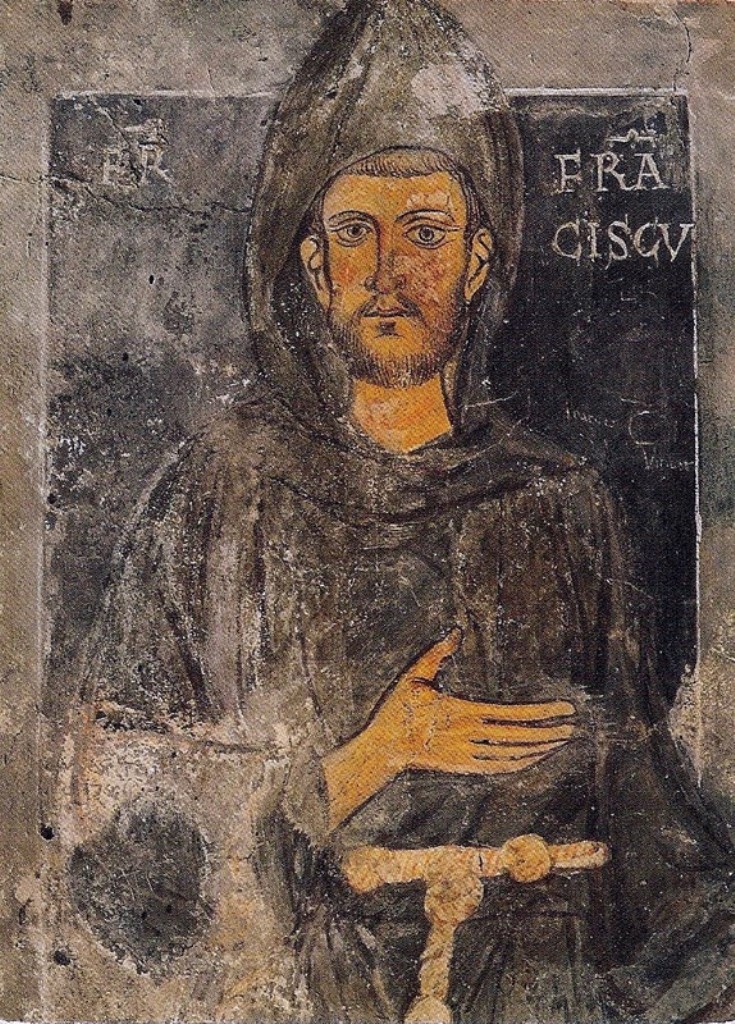|
Dutch Name
Dutch names consist of one or more given names and a surname. The given name is usually gender-specific. Given names A Dutch child's birth and given name(s) must be officially registered by the parents within 3 days after birth. It is not uncommon to give a child several given names. Usually the first one is for daily use, often in a diminutive form. Traditionally, Catholics often chose Latinisation of names, Latinized names for their children, such as ''Catharina'' and ''Wilhelmus'', while Protestants more commonly chose simple Dutch forms such as ''Trijntje'' and ''Willem''. In both cases, names were often shortened for everyday use (''Wilhelmus'' and ''Willem'' became ''Wim''). In 2014 39% of Dutch children received one name, another 38% were given two names, 20% had three names, 2% got four names and only a few hundred children had five or more given names. Dutch (Netherlands) naming law (given names) The Dutch people, Dutch naming legislation allows nearly all given names ... [...More Info...] [...Related Items...] OR: [Wikipedia] [Google] [Baidu] |
Saints
In Christian belief, a saint is a person who is recognized as having an exceptional degree of holiness, likeness, or closeness to God. However, the use of the term ''saint'' depends on the context and denomination. In Anglican, Oriental Orthodox, and Lutheran doctrine, all of their faithful deceased in Heaven are considered to be saints, but a selected few are considered worthy of greater honor or emulation. Official ecclesiastical recognition, and veneration, is conferred on some denominational saints through the process of canonization in the Catholic Church or glorification in the Eastern Orthodox Church after their approval. In many Protestant denominations, and following from Pauline usage, ''saint'' refers broadly to any holy Christian, without special recognition or selection. While the English word ''saint'' (deriving from the Latin ) originated in Christianity, historians of religion tend to use the appellation "in a more general way to refer to the state of special ... [...More Info...] [...Related Items...] OR: [Wikipedia] [Google] [Baidu] |
Johannes
Johannes is a Medieval Latin form of the personal name that usually appears as " John" in English language contexts. It is a variant of the Greek and Classical Latin variants (Ιωάννης, '' Ioannes''), itself derived from the Hebrew name '' Yehochanan'', meaning " YHWH is gracious". The name became popular in Northern Europe, especially in Germany because of Christianity. Common German variants for Johannes are ''Johann'', ''Hannes'', '' Hans'' (diminutized to ''Hänschen'' or ''Hänsel'', as known from "'' Hansel and Gretel''", a fairy tale by the Grimm brothers), '' Jens'' (from Danish) and '' Jan'' (from Dutch, and found in many countries). In the Netherlands, Johannes was without interruption the most common masculine birth name until 1989. The English equivalent for Johannes is John. In other languages *Joan, Jan, Gjon, Gjin and Gjovalin in Albanian *'' Yoe'' or '' Yohe'', uncommon American form''Dictionary of American Family Names'', Oxford University Press, 2013. ... [...More Info...] [...Related Items...] OR: [Wikipedia] [Google] [Baidu] |
Cornelis (other)
Cornelis is a Dutch form of the male given name Cornelius. Some common shortened versions of Cornelis in Dutch are Cees, Cor, Corné, Corneel, Crelis, Kees, Neel and Nelis. Cornelis (Kees) and Johannes (Jan) used to be the most common given names in the Low Countries, and the origin of the term Yankees is commonly thought to derive from the term Jan-Kees for the Dutch settlers in New Netherland. Among the notable persons named Cornelis are: * Cornelis Engebrechtsz (1527), painter from Leiden * Cornelis Massijs (1556), painter from Flanders, Belgium * Cornelis Floris de Vriendt (1513/14-1575), architect and sculptor * Cornelis Cort (1578), engraver and draughtsman * Cornelis Corneliszoon (1607), inventor of the wind powered sawmill * Cor Dillen (2009), director of Philips and their CEO in South America * Cornelis van Haarlem (1562–1638), leading Northern Mannerist painter * Cornelis de Houtman (1565–1599), explorer who started the Dutch spice trade * Cornelis Dre ... [...More Info...] [...Related Items...] OR: [Wikipedia] [Google] [Baidu] |
Fashion
Fashion is a term used interchangeably to describe the creation of clothing, footwear, Fashion accessory, accessories, cosmetics, and jewellery of different cultural aesthetics and their mix and match into Clothing, outfits that depict distinctive ways of dressing (Style (visual arts), styles and trends) as signifiers of social status, Self-expression values, self-expression, and group belonging. As a multifaceted term, fashion describes an Clothing industry, industry, fashion design, designs, Aesthetics (textile), aesthetics, and trends. The term 'fashion' originates from the Latin word 'Facere,' which means 'to make,' and describes the manufacturing, mixing, and wearing of outfits adorned with specific cultural aesthetics, patterns, motif (textile arts), motifs, shapes, and cuts, allowing people to showcase their group belongings, values, meanings, beliefs, and ways of life. Given the rise in mass production of Commodity, commodities and clothing at lower prices and global rea ... [...More Info...] [...Related Items...] OR: [Wikipedia] [Google] [Baidu] |
Patron Saint
A patron saint, patroness saint, patron hallow or heavenly protector is a saint who in Catholicism, Anglicanism, Eastern Orthodoxy or Oriental Orthodoxy is regarded as the heavenly advocate of a nation, place, craft, activity, class, clan, family, or person. The term may be applied to individuals to whom similar roles are ascribed in other religions. In Christianity Saints often become the patrons of places where they were born or had been active. However, there were cases in medieval Europe where a city which grew to prominence obtained for its cathedral the remains or some relics of a famous saint who had lived and was buried elsewhere, thus making them the city's patron saint – such a practice conferred considerable prestige on the city concerned. In Latin America and the Philippines, Spanish and Portuguese explorers often named a location for the saint on whose feast or commemoration day they first visited the place, with that saint naturally becoming the area's patron ... [...More Info...] [...Related Items...] OR: [Wikipedia] [Google] [Baidu] |
Veneration
Veneration (; ), or veneration of saints, is the act of honoring a saint, a person who has been identified as having a high degree of sanctity or holiness. Angels are shown similar veneration in many religions. Veneration of saints is practiced, formally or informally, by adherents of some branches of all major religions, including Christianity, Judaism,"Veneration of saints is a universal phenomenon. All monotheistic and polytheistic creeds contain something of its religious dimension... " Hinduism, Islam, Buddhism and Jainism. Within Christianity, veneration is practiced by groups such as the Catholic Church, Eastern Orthodox Church, and the Oriental Orthodox Church, all of which have varying types of canonization or glorification processes. In Catholicism and Orthodoxy, veneration is shown outwardly by respectfully kissing, bowing or making the sign of the cross before a saint's icon, relics, or statue, or by going on pilgrimage to sites associated with saints. The Lutheranis ... [...More Info...] [...Related Items...] OR: [Wikipedia] [Google] [Baidu] |
Dominican Order
The Order of Preachers (, abbreviated OP), commonly known as the Dominican Order, is a Catholic Church, Catholic mendicant order of pontifical right that was founded in France by a Castilians, Castilian priest named Saint Dominic, Dominic de Guzmán. It was approved by Pope Honorius III via the papal bull on 22 December 1216. Members of the order, who are referred to as Dominicans, generally display the letters ''OP'' after their names, standing for , meaning 'of the Order of Preachers'. Membership in the order includes friars, nuns, Religious sister (Catholic), active sisters, and Laity, lay or secular Dominicans (formerly known as Third Order of Saint Dominic, tertiaries). More recently, there have been a growing number of associates of the religious sisters who are unrelated to the tertiaries. Founded to preach the The gospel, gospel and to oppose heresy, the teaching activity of the order and its scholastic organisation placed it at the forefront of the intellectual life of ... [...More Info...] [...Related Items...] OR: [Wikipedia] [Google] [Baidu] |
Franciscans
The Franciscans are a group of related organizations in the Catholic Church, founded or inspired by the Italian saint Francis of Assisi. They include three independent religious orders for men (the Order of Friars Minor being the largest contemporary male order), an order for nuns known as the Order of Saint Clare, and the Third Order of Saint Francis, a religious and secular group open to male and female members. Franciscans adhere to the teachings and spiritual disciplines of the founder and of his main associates and followers, such as Clare of Assisi, Anthony of Padua, and Elizabeth of Hungary. Several smaller Protestant Franciscan orders have been established since the late 19th century as well, particularly in the Lutheran and Anglican traditions. Certain Franciscan communities are ecumenical in nature, having members who belong to several Christian denominations. Francis began preaching around 1207 and traveled to Rome to seek approval from Pope Innocent I ... [...More Info...] [...Related Items...] OR: [Wikipedia] [Google] [Baidu] |
Mendicant Orders
Mendicant orders are primarily certain Catholic Church, Catholic religious orders that have vowed for their male members a lifestyle of vow of poverty, poverty, traveling, and living in urban areas for purposes of preacher, preaching, Evangelism, evangelization, and Christian ministry, ministry, especially to less wealthy individuals. At their foundation these orders rejected the previously established monasticism, monastic model, which prescribed living in one stable, isolated community where members worked at a trade and common ownership, owned property in common, including land, buildings and other wealth. By contrast, the mendicants avoided owning property, did not work at a trade, and embraced a poor, often wiktionary:itinerant, itinerant lifestyle. They depended for their survival on the goodwill of the people to whom they preached. The members of these orders are not called monks but friars. The term "wikt:mendicant#Adjective, mendicant" is also used with reference to so ... [...More Info...] [...Related Items...] OR: [Wikipedia] [Google] [Baidu] |
Crusades
The Crusades were a series of religious wars initiated, supported, and at times directed by the Papacy during the Middle Ages. The most prominent of these were the campaigns to the Holy Land aimed at reclaiming Jerusalem and its surrounding territories from Muslim rule. Beginning with the First Crusade, which culminated in the Siege of Jerusalem (1099), capture of Jerusalem in 1099, these expeditions spanned centuries and became a central aspect of European political, religious, and military history. In 1095, after a Byzantine request for aid,Helen J. Nicholson, ''The Crusades'', (Greenwood Publishing, 2004), 6. Pope Urban II proclaimed the first expedition at the Council of Clermont. He encouraged military support for List of Byzantine emperors, Byzantine emperor Alexios I Komnenos, AlexiosI Komnenos and called for an armed pilgrimage to Jerusalem. Across all social strata in Western Europe, there was an enthusiastic response. Participants came from all over Europe and had a ... [...More Info...] [...Related Items...] OR: [Wikipedia] [Google] [Baidu] |
Roman Catholic Church
The Catholic Church (), also known as the Roman Catholic Church, is the List of Christian denominations by number of members, largest Christian church, with 1.27 to 1.41 billion baptized Catholics Catholic Church by country, worldwide as of 2025. It is among the world's oldest and largest international institutions and has played a prominent role in the history and development of Western civilization.Gerald O'Collins, O'Collins, p. v (preface). The church consists of 24 Catholic particular churches and liturgical rites#Churches, ''sui iuris'' (autonomous) churches, including the Latin Church and 23 Eastern Catholic Churches, which comprise almost 3,500 dioceses and Eparchy, eparchies List of Catholic dioceses (structured view), around the world, each overseen by one or more Bishops in the Catholic Church, bishops. The pope, who is the bishop of Rome, is the Papal supremacy, chief pastor of the church. The core beliefs of Catholicism are found in the Nicene Creed. The ... [...More Info...] [...Related Items...] OR: [Wikipedia] [Google] [Baidu] |






